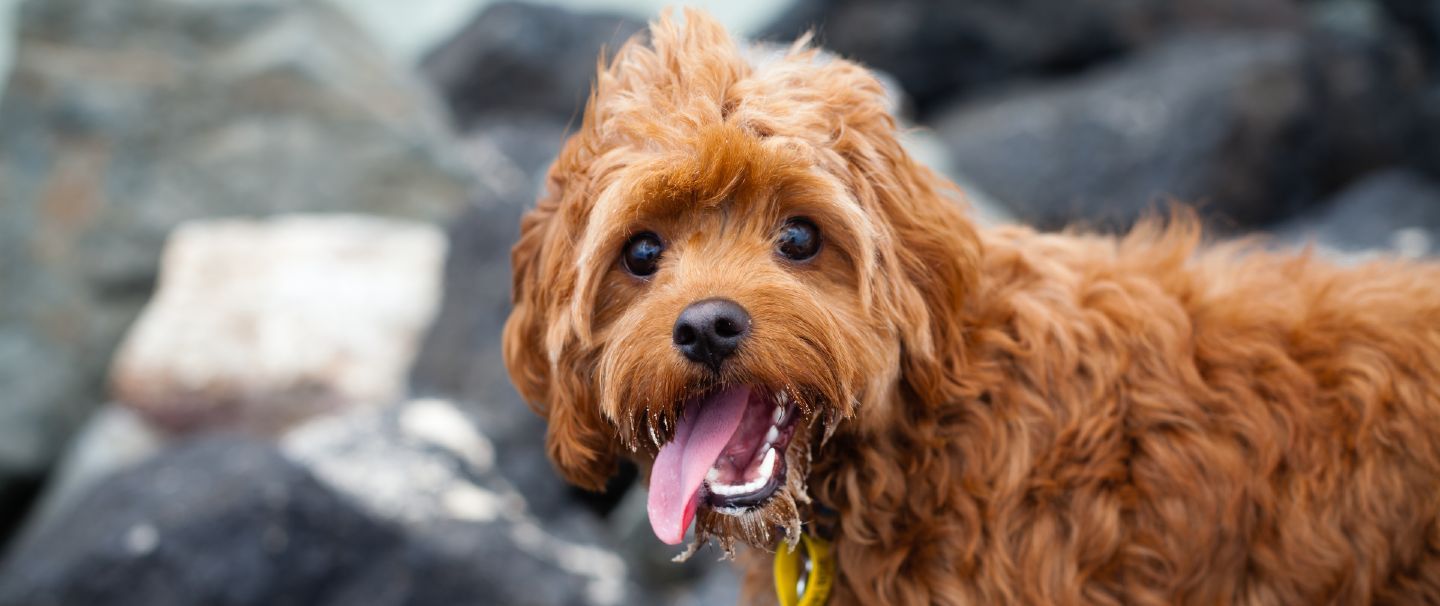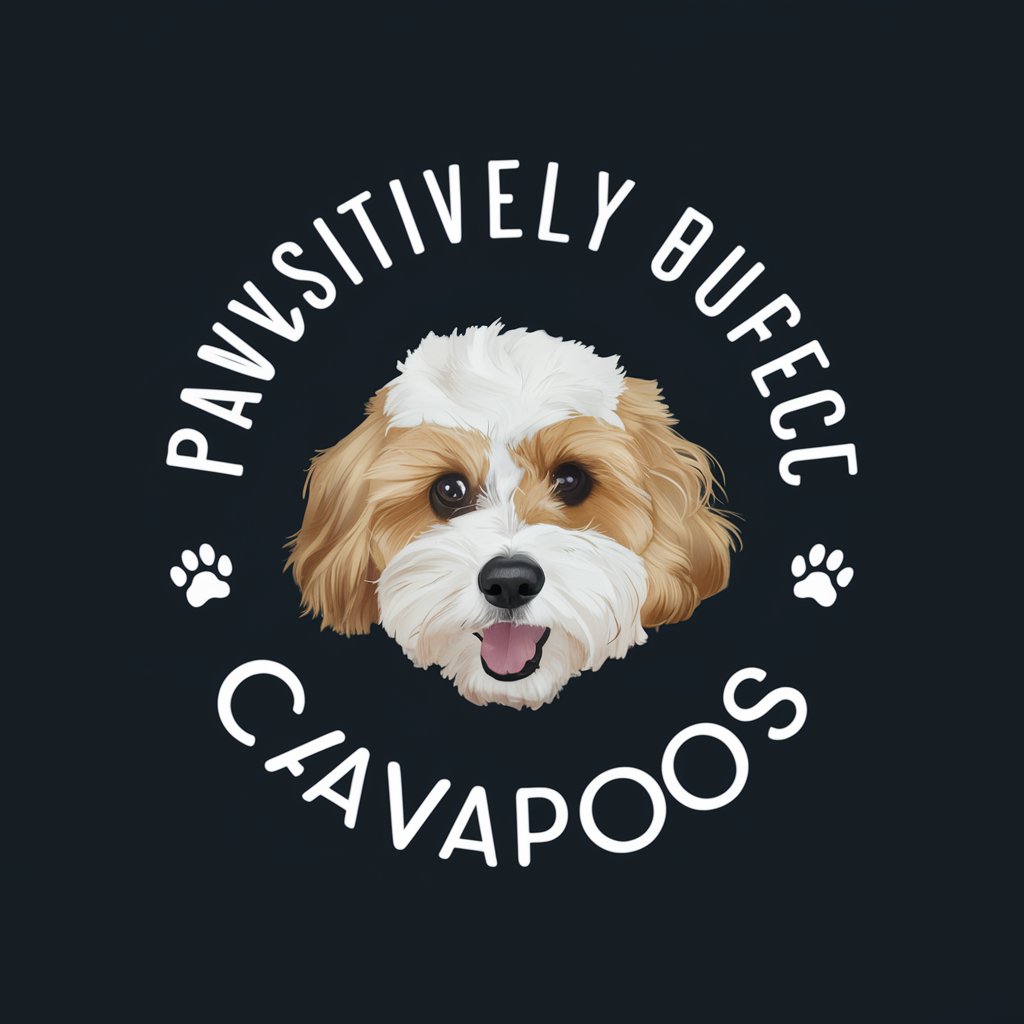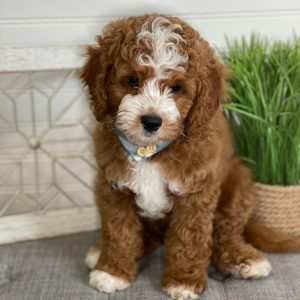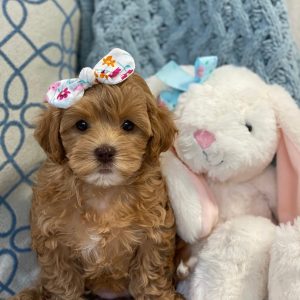The Ultimate Guide To Training a Cavapoo Puppy
Training your Cavapoo is essential for fostering good behavior, building a strong bond, and ensuring your dog’s happiness. Here’s a comprehensive guide to training your Cavapoo dog:

1. Start Early
- Begin as a Puppy: Start training your Cavapoo as soon as you bring them home, ideally at 8-12 weeks old. Early training helps shape their behavior and makes it easier for them to learn new commands.
2. Basic Commands
- Sit: Begin with the “sit” command. Hold a treat close to your Cavapoo’s nose, then move your hand upward, allowing their head to follow the treat, and their bottom will lower. Once they are in a sitting position, say “sit” and give the treat.
- Stay: Once your Cavapoo has mastered “sit,” introduce “stay.” Have them sit, then open your palm in front of you and say “stay.” Take a few steps back, and if they stay, reward them. Gradually increase the distance and duration.
- Come: Teach “come” by crouching down and enthusiastically calling your dog’s name followed by “come.” Reward them when they respond. Practice this in various locations to reinforce the command.
3. Positive Reinforcement
- Use Treats: Reward your Cavapoo with small, tasty treats whenever they successfully follow a command. This reinforces the behavior.
- Praise and Affection: In addition to treats, use verbal praise and affection as rewards. Cavapoos are eager to please and respond well to positive reinforcement.
- Consistency: Always be consistent with commands and rewards. Ensure everyone in the household uses the same commands and techniques.
4. Crate Training
- Create a Safe Space: Introduce the crate as a positive, safe space for your Cavapoo. Place comfortable bedding inside and allow them to explore it freely.
- Gradual Introduction: Start by feeding your Cavapoo in the crate with the door open. Gradually close the door for short periods while they eat, then slowly increase the time they spend inside.
- Avoid Using as Punishment: Never use the crate as a form of punishment. It should be a place where your Cavapoo feels safe and comfortable.
5. Housebreaking
- Establish a Routine: Take your Cavapoo outside frequently, especially after meals, naps, and playtime. Consistency helps them understand when and where to go.
- Praise for Success: Whenever your Cavapoo relieves themselves outside, immediately praise them and offer a treat.
- Supervision: Keep an eye on your Cavapoo indoors, and watch for signs they need to go out, such as sniffing around or circling.
- Accident Handling: If an accident occurs indoors, clean it up without punishment. Instead, reinforce good behavior by rewarding them when they go outside.
Learn about Cavapoo health, check out our blog post: Cavapoo Health
6. Leash Training
- Introduce the Leash Early: Attach the leash to your Cavapoo’s collar and let them get used to it indoors before attempting walks.
- Short Walks: Start with short, positive walks around your yard or home. Gradually extend the length of walks as your Cavapoo becomes comfortable.
- Teach “Heel”: Encourage your Cavapoo to walk beside you by holding treats at your side and saying “heel.” Reward them for staying close.
- Discourage Pulling: If your Cavapoo starts to pull, stop walking and wait until they return to your side before continuing.
7. Socialization
- Early Exposure: Expose your Cavapoo to a variety of people, animals, and environments early on to reduce fear and anxiety.
- Positive Experiences: Ensure that these encounters are positive. Reward your Cavapoo for calm behavior when meeting new people or animals.
- Puppy Classes: Enroll in puppy socialization classes where your Cavapoo can interact with other dogs in a controlled environment.
8. Barking Control
- Identify Triggers: Determine what causes your Cavapoo to bark, such as doorbells, other dogs, or strangers.
- Use Commands: Teach a command like “quiet” or “enough.” When they start barking, calmly give the command, and when they stop, reward them.
- Avoid Yelling: Do not yell at your Cavapoo to stop barking. They may perceive this as you joining in, which can reinforce the behavior.
9. Preventing Separation Anxiety
- Gradual Alone Time: Start by leaving your Cavapoo alone for short periods, gradually increasing the time. This helps them get used to being alone.
- Comfort Items: Leave behind a favorite toy or a piece of clothing with your scent to provide comfort.
- Calm Departures and Arrivals: Avoid making a big fuss when leaving or returning home to reduce anxiety.
10. Advanced Training
- Obedience Classes: Consider enrolling in obedience classes for more advanced training and socialization.
- Agility Training: Cavapoos are agile and enjoy challenges. Agility training can be a fun way to provide exercise and mental stimulation.
- Trick Training: Teach your Cavapoo tricks like “roll over,” “shake,” or “play dead” to keep them engaged and mentally stimulated.
11. Behavior Correction
- Redirect Bad Behavior: If your Cavapoo engages in undesirable behavior (like chewing on furniture), redirect them to appropriate toys or activities.
- Time-Outs: For persistent mhisbehavior, a short time-out in a quiet, distraction-free area can help them calm down.
- Professional Help: If behavioral issues persist, consult a professional dog trainer or behaviorist for guidance.
12. Patience and Persistence
- Be Patient: Training takes time, and every dog learns at their own pace. Be patient and persistent, maintaining a positive and encouraging attitude.
- Short Sessions: Keep training sessions short and fun, around 5-10 minutes, to prevent your Cavapoo from becoming bored or frustrated.
By following these detailed steps, you can effectively train your Cavapoo, ensuring they become a well-behaved, happy, and confident companion.












